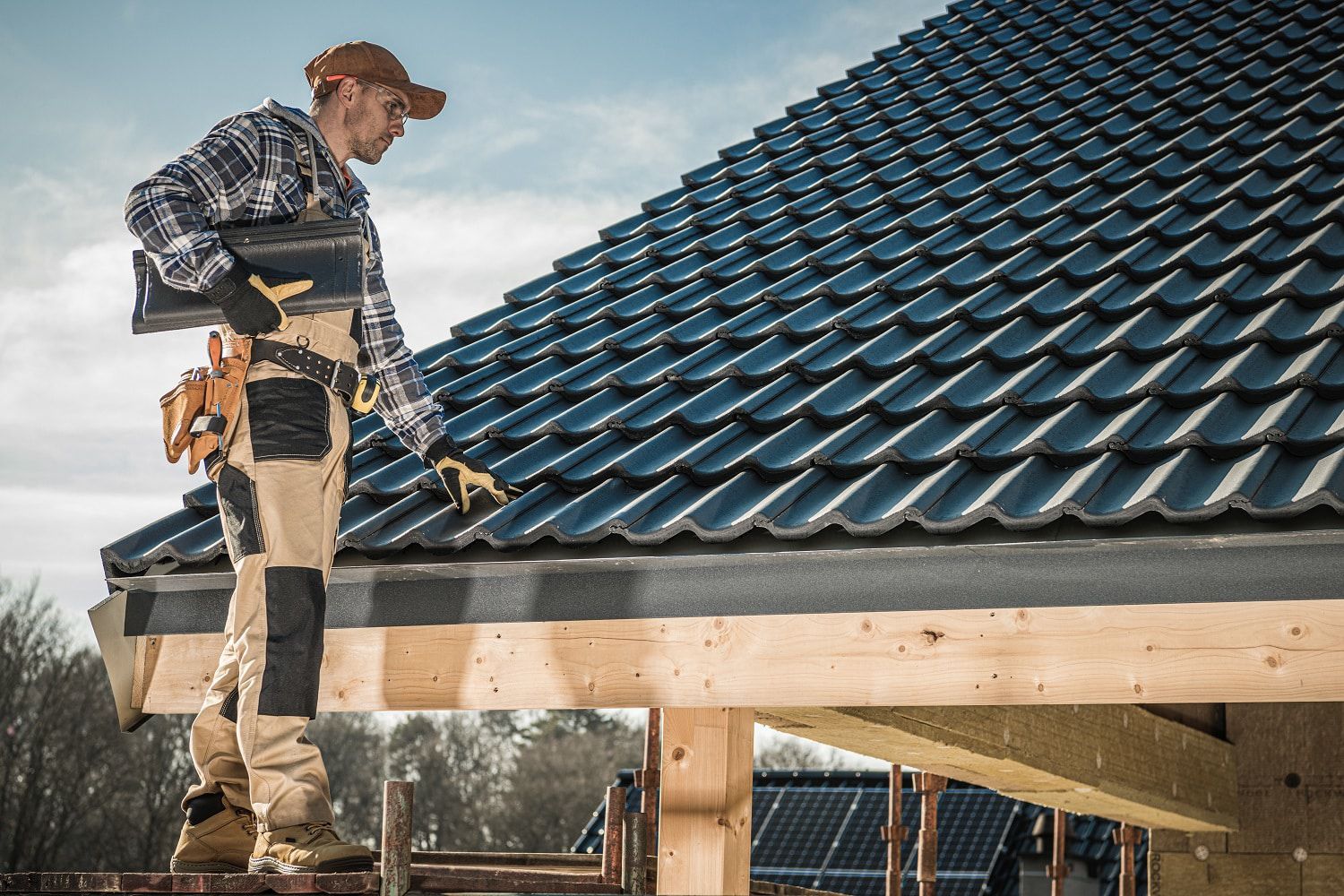How to Assess Different Roof Covering Options for Your Building Demands
Examining roofing choices for your building calls for an extensive approach that thinks about different elements such as the intended use of the framework, regional climate problems, and product qualities - Sylvania Roofing Contractor. It is necessary to consider the advantages and drawbacks of various roof types, from asphalt tiles to steel and clay tiles, while additionally factoring in initial prices and long-term maintenance.
Examining Your Building's Demands
To efficiently examine roofing choices, start by thoroughly examining your structure's requirements. Start by considering the structure's planned usage, as various frameworks may require varying roof covering specifications. Residential roofings typically prioritize aesthetic appeals and insulation, while business buildings might concentrate on resilience and load-bearing capability.
Following, review the neighborhood climate problems that will impact roof efficiency. Factors such as temperature changes, rainfall levels, and wind patterns can influence material choice and design. A roof system that stands out in a temperate environment might not do also in locations susceptible to hefty snowfall or severe warm.
Furthermore, analyze the architectural integrity of your building. Guarantee that the existing structure can sustain the picked roof materials, particularly if taking into consideration much heavier options. It is additionally essential to examine any type of local building ordinance or laws that may dictate details requirements for roof covering systems.

Comparing Roof Products
As soon as a thorough analysis of your structure's demands has actually been finished, the next step entails comparing numerous roofing materials. Each product offers distinct benefits and downsides, making it crucial to straighten your choice with your specific requirements and scenarios.
Asphalt tiles are extensively identified for their cost and simplicity of installment, making them a prominent option for domestic buildings. On the various other hand, metal roof covering, known for its longevity and durability, can stand up to rough weather yet may include a higher preliminary financial investment.
Clay and concrete ceramic tiles offer outstanding thermal insulation and aesthetic charm, specifically for Mediterranean-style architecture, yet they call for an even more robust structural support because of their weight. Timber trembles offer a natural appearance and good insulation homes yet might require a lot more maintenance and are susceptible to fire risks.
Evaluating Price and Budget Plan
Examining your roof alternatives requires a careful evaluation of expense and spending plan factors to consider. The overall spending plan for a roofing project comprises a number of factors, including material prices, labor expenditures, maintenance, and potential long-term cost savings. It is important to develop a clear spending plan before checking out details roofing materials, as this will certainly lead the decision-making process and aid you avoid overspending.
Begin by obtaining quotes from numerous professionals to recognize labor prices in your area. Ensure that these price quotes include all essential services, such as removal of the old roofing system, installation, and any kind of extra attributes, like insulation or ventilation improvements - Roofing Contractor. Next, evaluate the cost of numerous roofing materials, considering both preliminary setup expenses and anticipated life expectancy

Recognizing Power Performance
Energy efficiency plays an important duty in the selection of roofing materials and systems, substantially influencing both power consumption and overall comfort within a building. A well-chosen roofing system can enhance thermal performance, decreasing the need for heating and cooling systems, which in turn lowers energy bills and reduces ecological influence.
When examining roofing alternatives, think about products that mirror instead than absorb warmth. In addition, appropriate insulation and ventilation are crucial to maximize the energy efficiency of the whole roofing system.
Another crucial element is the roof's long life and upkeep requirements. Sturdy materials that call for less constant replacement add to long-lasting power financial savings. The power efficiency of a roof covering system can also be analyzed through its conformity with established sustainability scores such as Power STAR or LEED.
Taking Into Consideration Aesthetic Charm
A roof's visual appeal considerably affects the total appearance of a structure, complementing its architectural design and enhancing curb allure. Toledo Roofer. When assessing roofing choices, it is necessary to consider exactly how the selected material, color, and style will certainly integrate with the existing structure and community. A properly designed roof can elevate even the easiest of structures, changing them right into aesthetic prime focus
Different roofing materials use numerous visual qualities. As an example, conventional shingles may evoke a classic charm, while metal roofing can pass on a modern-day, sleek look. Furthermore, the color of the roofing material plays a vital function; lighter tones can make a structure show up more roomy, while darker tones may develop a cozier setting.
Moreover, architectural components, such as dormers and eaves, can improve the roofing's aesthetic impact. continue reading this It is a good idea to seek advice from with expert designers or engineers to make certain the chosen roof option aligns with the total style intent. Eventually, a roofing ought to not only give practical benefits imp source yet additionally contribute favorably to the structure's aesthetic, mirroring the proprietor's taste and the personality of the surrounding atmosphere.
Final thought
